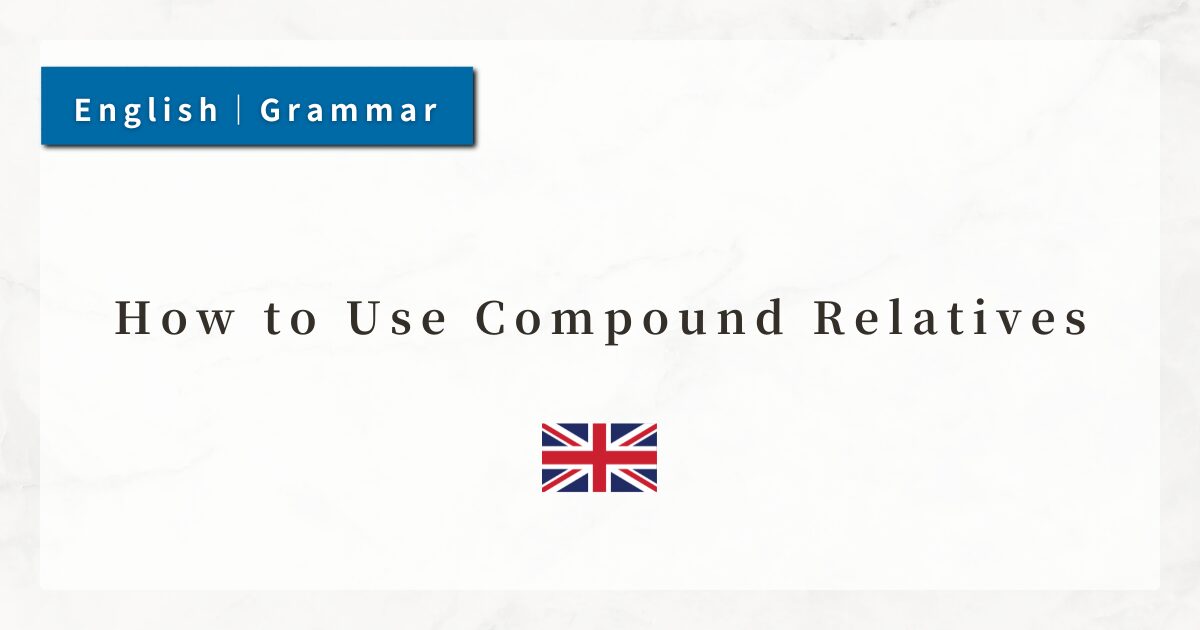#14 How to Use English Quantifiers|A Guide to some, any, many, and Other Expressions of Quantity

In English, expressions of quantity such as “How many?” or “How much?” are used very frequently. In everyday conversation, being able to naturally say things like “a little,” “a lot,” or “none at all” makes a big difference in both accuracy and politeness.
In this lesson, I will explain how to use basic English quantifiers and clarify the distinction between countable and uncountable nouns.
1. Expressions of Quantity and the Basic Rules of Quantifiers
1-1. The Difference Between Countable and Uncountable Nouns
In English, the choice of quantifier depends on whether the noun is countable (things that can be counted) or uncountable (things that cannot be counted).
| Category | Examples | Description |
|---|---|---|
| Countable Nouns | book, apple, dog, chair | Nouns that can be counted (one, two, etc.). They also take a plural form (-s). |
| Uncountable Nouns | water, sugar, time, money, advice | Abstract nouns or mass nouns that generally cannot be counted. |
This distinction determines whether to use many or much, and explains the difference between few and little.
1-2. Basic List of Quantifiers and Their Usage
The following table shows common quantifiers and how they are used:
| Quantifier | Countable / Uncountable | Meaning | Example |
|---|---|---|---|
| some | Both | some, a few, a certain amount of | some water / some books |
| any | Both | some/any (used in questions and negatives) | any milk? / not any apples |
| many | Countable | many (large number) | many people / many countries |
| much | Uncountable | much (large amount) | much time / much money |
| a lot of | Both | a lot of, plenty of | a lot of friends / a lot of tea |
| a few / few | Countable | a few = some / few = hardly any | a few books / few chances |
| a little / little | Uncountable | a little = some / little = hardly any | a little water / little hope |
2. The Difference Between some and any
Some is mainly used in affirmative sentences and means “a few” or “some.” It is also used in offers and requests.
- I have some questions.
- Would you like some coffee?
Any is used in questions and negative sentences, meaning “any” or “none.”
- Do you have any brothers or sisters?
- I don’t have any idea.
Both some and any can be used with countable and uncountable nouns.
3. The Difference Between many and much
Many means “a large number of” and is used with countable nouns.
- There are many students in the classroom.
- How many apples do you want?
Much means “a large amount of” and is used with uncountable nouns.
- There isn’t much sugar left.
- How much money do you need?
These quantifiers are often combined with intensifiers such as so, too, and very.
- There were so many people at the concert.
- He drank too much coffee.
4. The Nuance Difference Between few / little and a few / a little
The meaning changes significantly depending on whether or not “a” is present.
- With “a” : focus is on some existence
- Without “a” : focus is on lack or absence
With Countable Nouns: few / a few
| Expression | Meaning | Nuance | Example |
|---|---|---|---|
| few | hardly any | negative, emphasizing lack | Few students passed the test. |
| a few | some (not many, but some) | positive, emphasizing existence | A few students passed the test. |
With Uncountable Nouns: little / a little
| Expression | Meaning | Nuance | Example |
|---|---|---|---|
| little | hardly any | negative, insufficient | There is little hope. |
| a little | some (a small amount) | positive, emphasizing presence | We still have a little time. |
Even though they are grammatically similar, these subtle differences in nuance can significantly affect the impression in conversation.
5. Summary
- The first step is to distinguish between countable and uncountable nouns.
- Some / any can be used with both types of nouns, but their usage depends on whether the sentence is affirmative, negative, or interrogative.
- Many / much both mean “a lot,” but many is used with countable nouns, and much with uncountable nouns.
- Few / little and a few / a little differ in nuance: with “a” they emphasize existence, without “a” they emphasize absence.




